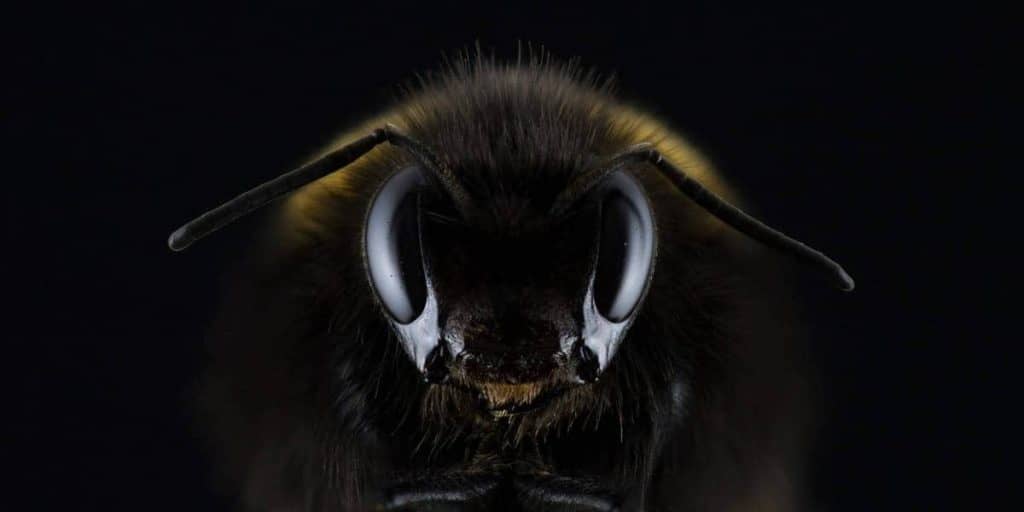Seriously, we do have different bee races!
While all honey bees belong to the same species, different breeds have characteristics that can influence a beekeeper’s choice when deciding what type of bees to keep. These characteristics include resistance to disease, tolerance of cold weather, honey production and aggressiveness.
Here are some of the most common honey bee races:
Italian Bee
Originating in Italy, these are the most commonly kept bees. They are light in color, produce plenty of honey and are quite gentle. A good choice for first-time beekeepers.

Carniolan Bee
Originating in the Danube Valley, Yugoslavia, and the Austrian Alps, Carniolan bees are common across Eastern Europe. They are very gentle, like to forage on cold, damp days and overwinter very well.
Russian Bee
Russian bees have high resistance against mites and do very well in winter. They tend to swarm a lot and can be slightly more aggressive than other types of bees.
Caucasian Bee
Caucasian bees have a long tongue which allows them to access nectar that other bees cannot reach. They are grey in color and are known for producing lots of propolis. They are susceptible to Nosema disease and do not swarm easily.
Buckfast Bee
Buckfast bees are yellow to brown in color, very gentle and excellent honey producers. They do well in winter, build up the hive quickly in the spring, and are resistant to Tracheal mites.

Africanized Bee
Africanized bees are a hybrid that was created in Brazil in the 1950s. They resemble Italian bees, but are highly aggressive, have smaller nests and swarm frequently. Not a recommended choice for beekeepers.
European Dark Bee
Native to Britain, Ireland and Northern Europe, these dark brown/black bees are adapted to foraging in cool, damp climates and overwinter well. Known to have a wide range of genetic diversity they are easily bred for low-swarming, docility and disease resistance.
No matter which bees you have, you should feed them properly. It’s best to get a new colony in springtime when there’s lots of forage available. However, if there are not many plants in bloom in your area, you may need to feed your bees to help them get started.
This will depend on the season and your location. If you’re unsure, talk to your bee supplier or other local beekeepers to get their advice.
Originally posted 2020-01-02 19:13:23.




